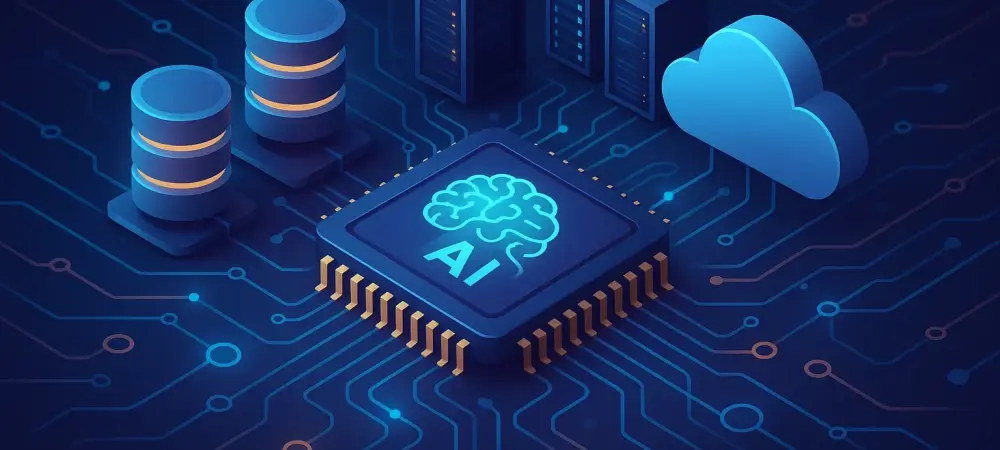The transformation of the internet as we know it is unfolding, driven by the rise of autonomous AI agents like ChatGPT, Copilot, Claude, and Gemini. These entities are evolving beyond mere assistants, challenging the fundamental structure of the web, which was primarily built to facilitate human engagement. Over the past three decades, the internet has evolved into a platform heavily predicated on human interaction, featuring interfaces designed for tactile engagement through typing, tapping, scrolling, and clicking. Website architectures have historically emphasized visual elements to cater to user-centric designs intended for direct human interaction. Decision trees manifest in website layouts facilitate user navigation by engaging with screens. Yet, this paradigm is poised to become obsolete in the face of AI agents emerging as principal users of web interfaces. These agents will be granted autonomy to act as intermediaries, executing decisions independently far quicker than humans. This shift highlights the inefficiency of current systems designed for human input, likening advanced technology to rudimentary infrastructure.
A Paradigm Shift in Internet Architecture
As AI agents are developed from sophisticated language models and generative AI frameworks, they necessitate a fundamental reevaluation of internet infrastructure. Unlike humans, these agents do not require traditional website elements such as clickable buttons, scrollable pages, or visually oriented cues. Instead, they demand machine-native designs that prioritize speed, transactional efficiency, and seamless data flow between systems. Envisioning an internet designed for cognitive machines, some experts suggest key features that may include streamlined interfaces devoid of traditional visual elements, transactional endpoints over static pages, and highly structured data interwoven with unstructured context. APIs are forecasted to emerge as pivotal storefronts, providing central data points for AI agents without the need for conventional product pages or user reviews. Decision-making processes hinge on AI agents posing direct questions in alignment with user preferences, budget considerations, and prioritization. The agents will require instantaneous validation of information, cross-verifying data among sources, and learning from transaction results, prompting a move toward cleaner metadata, reputedly verifiable sources, and robust structural frameworks.
Reimagining User Experience Design
As AI agents redefine user interaction with digital ecosystems, user experience design undergoes transformative reimagining towards synthetic intelligence with algorithmic precision and aversion to delays or obstruction. The discourse hints at twin internet systems—one maintaining human-centric visual and immersive qualities, while the other embodies efficiency, minimalism, and rapid data processing for AI interactions. However, experts envision a more unified future where digital interfaces possess distinct machine-readable layers alongside visual ones. This transformation mandates a paradigm shift for digital content creators and brands. Fundamental processes such as Search Engine Optimization (SEO) are evolving into Machine Experience Optimization (MEO), transitioning from human-driven design aesthetics to enhancing machine accessibility and latency. Content morphs into data, unlocking structured accessibility for AI agents, removing biases tied to web-page aesthetics. Trust becomes quantifiable; AI agents cannot rely on subjective assessments but demand empirical validity when determining source credibility, with reputation emerging as a critical asset.
Strategic Integration with AI Interfaces
For brands, embracing AI-compatible interfaces mirrors historic landmarks in mobile optimization or digital security endeavors. Brands that take proactive measures to innovate and craft AI-ready digital surfaces will secure competitive advantages in an ecosystem increasingly guided by AI interactions. It is anticipated that numerous daily decisions previously contingent upon human interaction—from transactions to service negotiations—will now reside within AI agents’ purview, navigating digital environments with ease. AI agents transport digital environments into realms where precision, speed, and trust are prioritized over human-oriented components incongruent with their operational demands.
Navigating the Future Internet Landscape
The internet is undergoing a transformation, propelled by autonomous AI agents like ChatGPT, Copilot, Claude, and Gemini. These sophisticated AI entities are moving beyond their roles as mere assistants and challenging the web’s foundational structure—a structure traditionally designed to support human interaction. Over the last 30 years, the internet became a platform centered around human engagement, featuring interfaces that rely on typing, tapping, scrolling, and clicking. Websites have been optimized with visual elements and user-centric designs to meet human needs, arranging decision trees to guide users through various screens. However, this setup is on the brink of becoming outdated as AI agents assume the role of primary web users. These AI entities are gaining autonomy, allowing them to make independent decisions faster than humans can, acting as intermediaries in the digital space. This shift underscores how current systems, designed for human inputs, may soon resemble outdated infrastructure when facing advanced AI technology.

